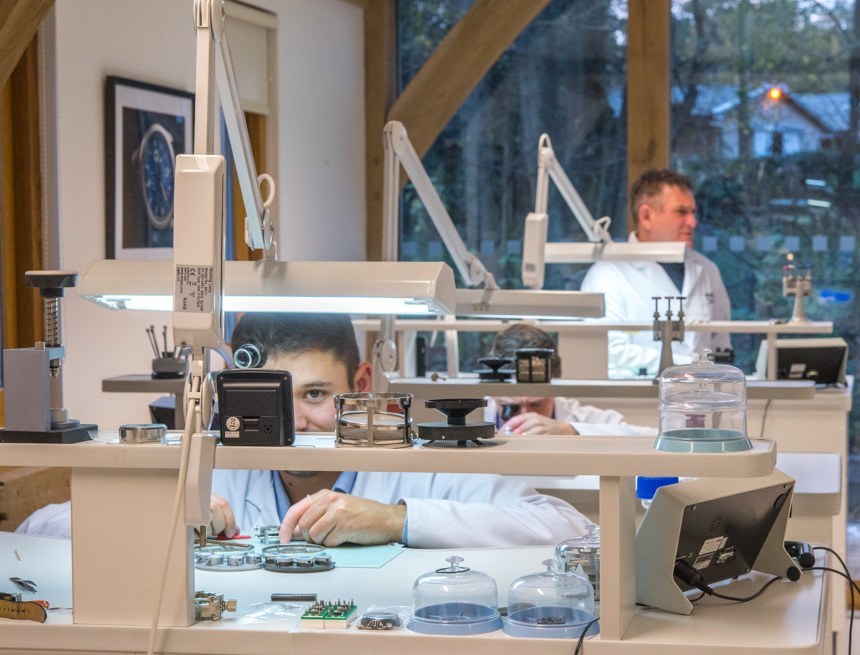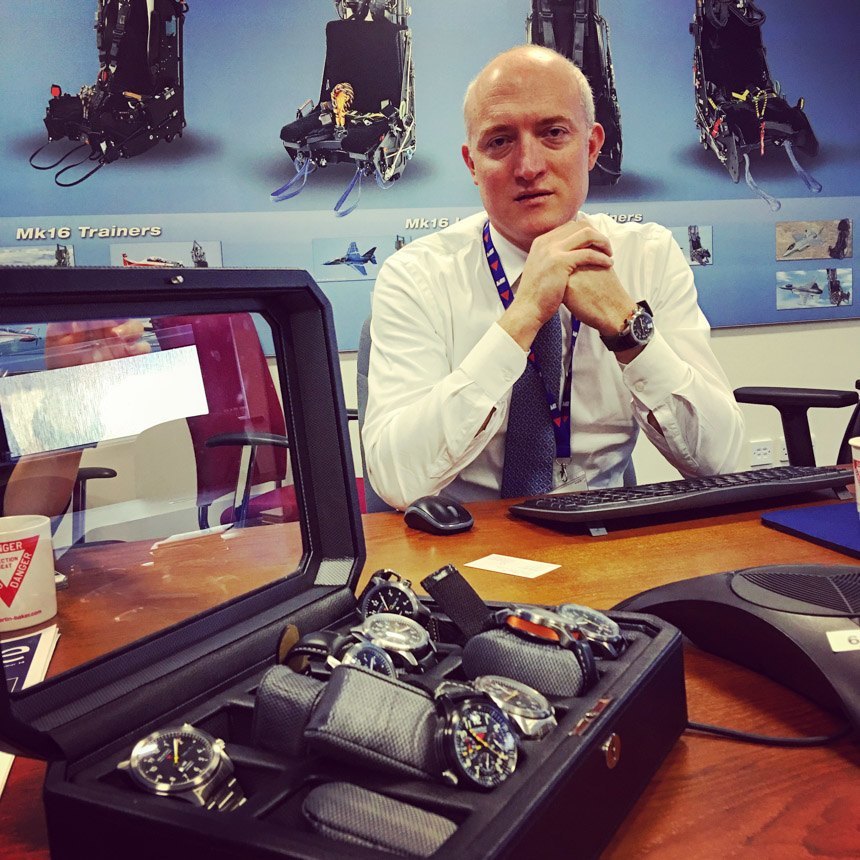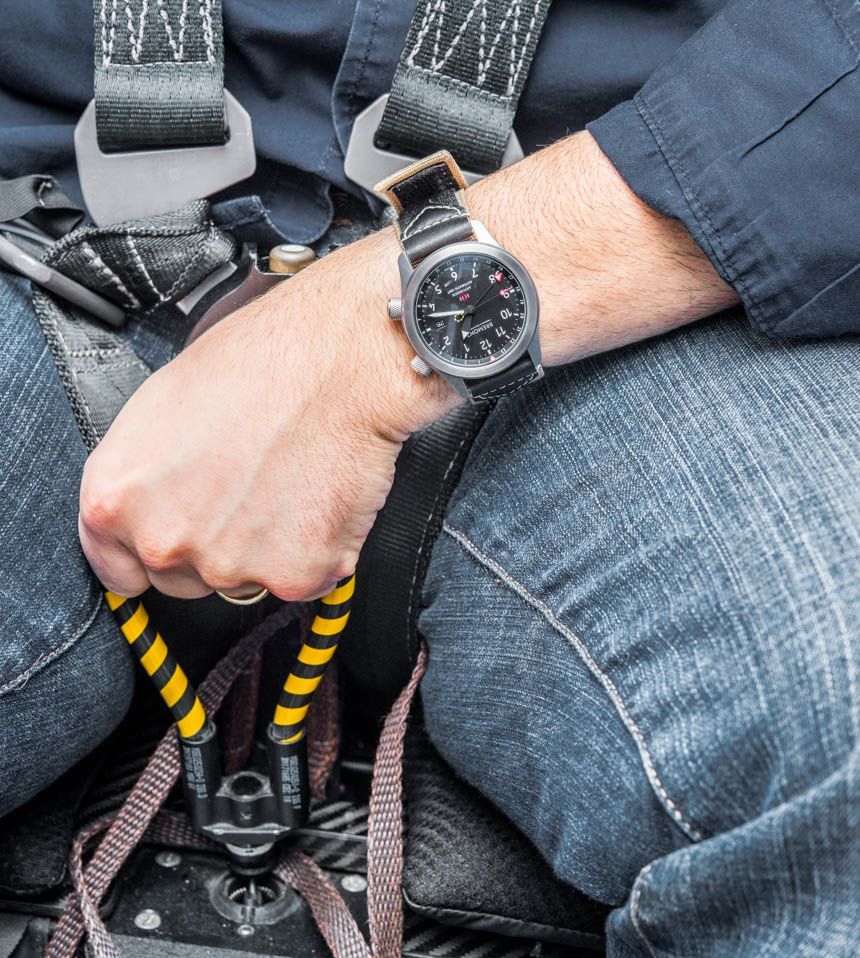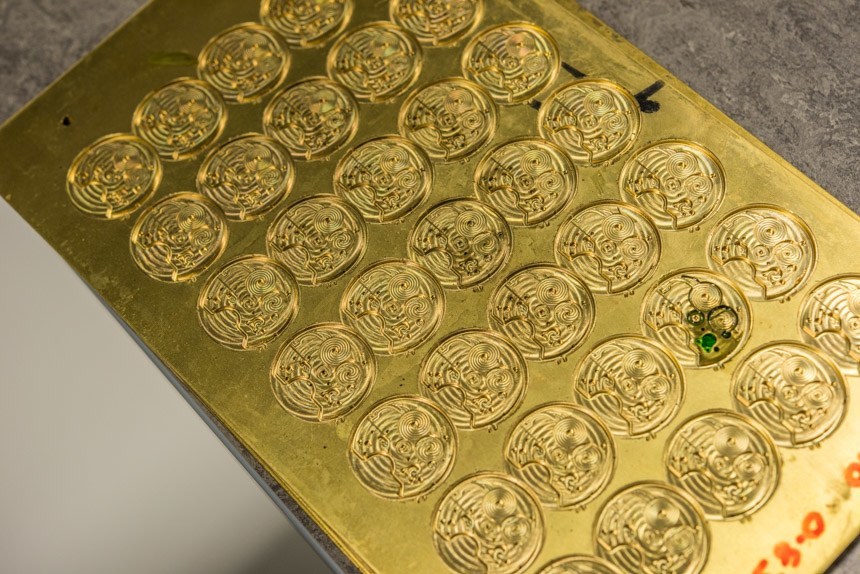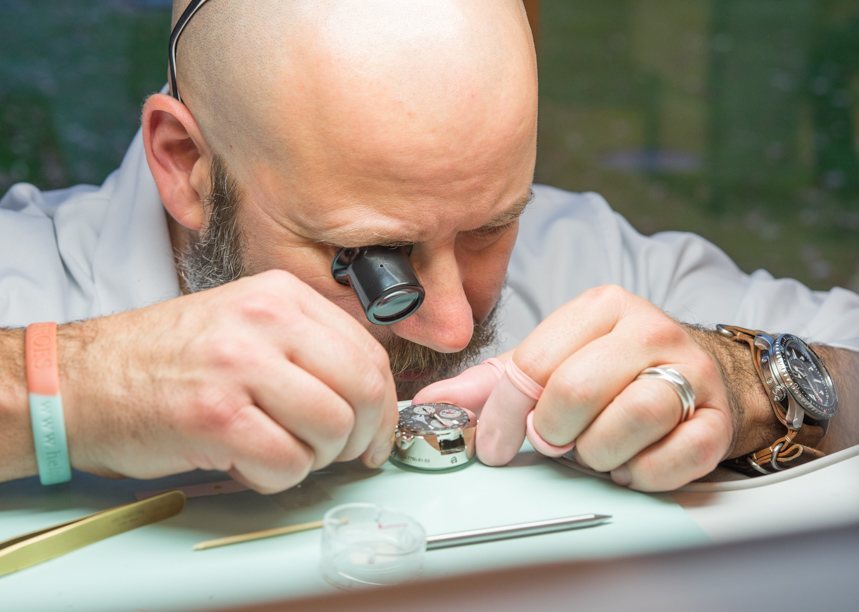
Among the many things I didn’t know about “Bremont Chronometers London” was that at their Silverstone facility, they hired a group of former Formula 1 engineers to work on their watches. The Silverstone office is part of a group of facilities near the world-famous race track mostly comprising places where dangerously fast cars are built. This is just one of their manufacture locations, and they will soon be expanding further, as they have already outgrown their watchmaking facility in Henley-on-Thames – a small town outside of London that is about one-and-a-half hours away (perhaps less if you are driving with a local). Why did Bremont hire race car engineers to make watch cases and parts? Because those are pretty much the only available guys in England who can understand the unique issues present in the watchmaking world who aren’t traditionally trained watchmaking micro engineers. It is all about making very precise, very high-quality pieces in some manner of volume that allows any serious watch brand to operate.
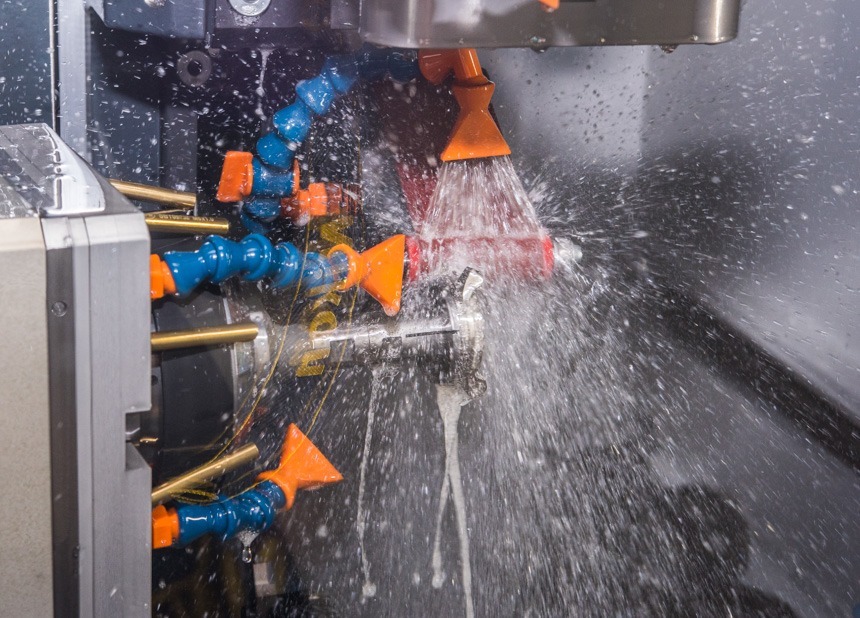
Case production in progress at Bremont’s manufacturing facility situated among motor racing team’s workshops right outside the Silverstone race track.

What I also learned that was interesting is that watch parts are a lot tougher to produce than those for Formula 1 cars because the tolerances are much smaller. Even the most demanding race car parts (as I understand) can handle tolerances of about five microns, whereas watchmaking parts require tolerances of two microns. This seemingly small difference actually represents an entirely different production process that can only be achieved through combining the right people, machines, and techniques learned through trial and error. If there is anything brothers Nick and Giles English, who founded Bremont, understand, it is the value of learning from mistakes and doing it better next time.
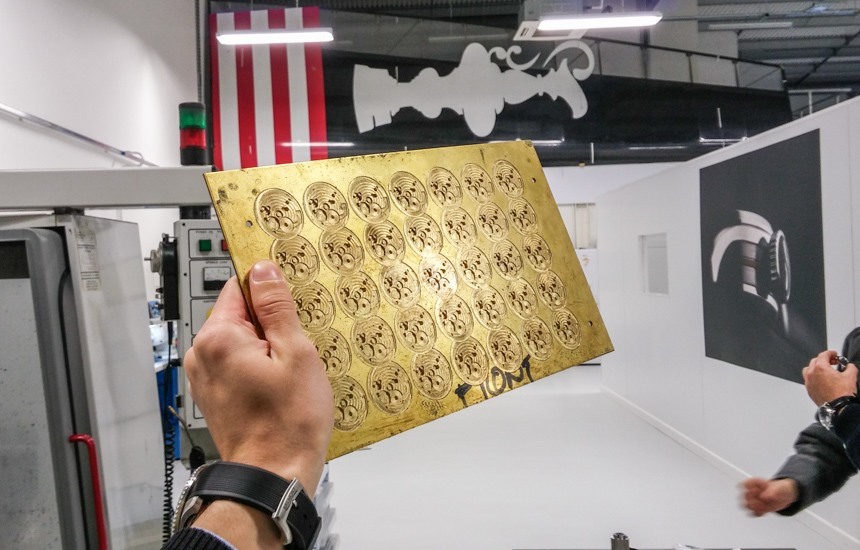
A brass plate of to-be Bremont caliber components with the 30-foot-long hard sail tip of Team Oracle’s America’s Cup racing yacht.
Above a slew of new machines such as a fancy 11-axis CNC mill and laser engraver is the extremely long hard sail tip of Team Oracle’s America’s Cup racing yacht that just happens to be stored here. My guess is that Larry Ellison just handed it to the Bremont boys and said “can you do anything with it?” In the last year, Bremont announced their most recent partnership which includes not only sponsoring Oracle founder Larry Ellison’s “Team America” but also the America’s Cup in general – an event which originally began life in Portsmouth, England.
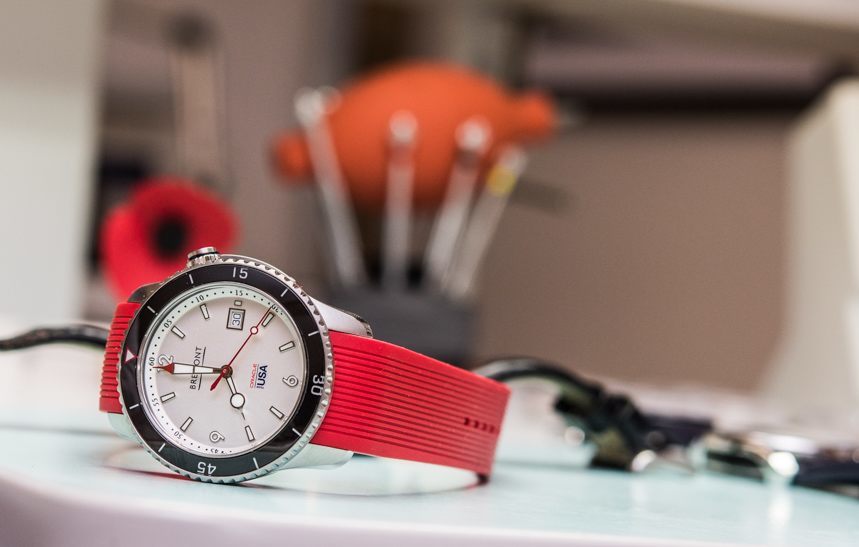
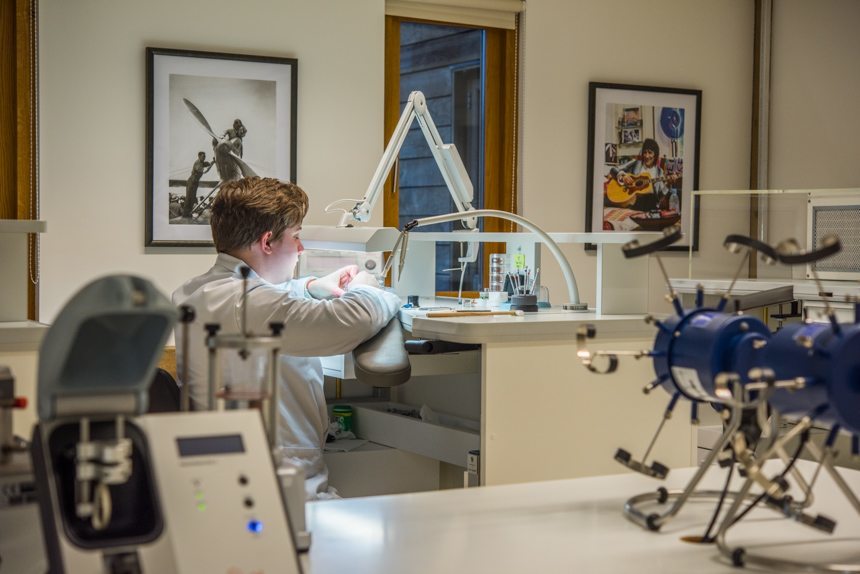
Bremont has had a whirlwind of recent history with a series of new partnerships, models, and its share of growing pains. The company’s sincere dedication to producing the best quality English watches possible hasn’t gone unnoticed, and the still-small brand which currently produces under 10,000 watches a year is trying to properly manage all the attention while slowly growing their capabilities and production. Bremont’s regular reminder of their “Britishness” is a lot more than just a marketing slogan because, at the end of the day, the company is really doing everything possible to bring serious watchmaking back to England – in the same way that it exists in Switzerland. Someday in the near future, I have a feeling, we will be seeing Bremont as a sort of English version of a company like Blancpain or Jaeger-LeCoultre that not only makes their own movements, but also their own cases and other components. It just won’t happen overnight.
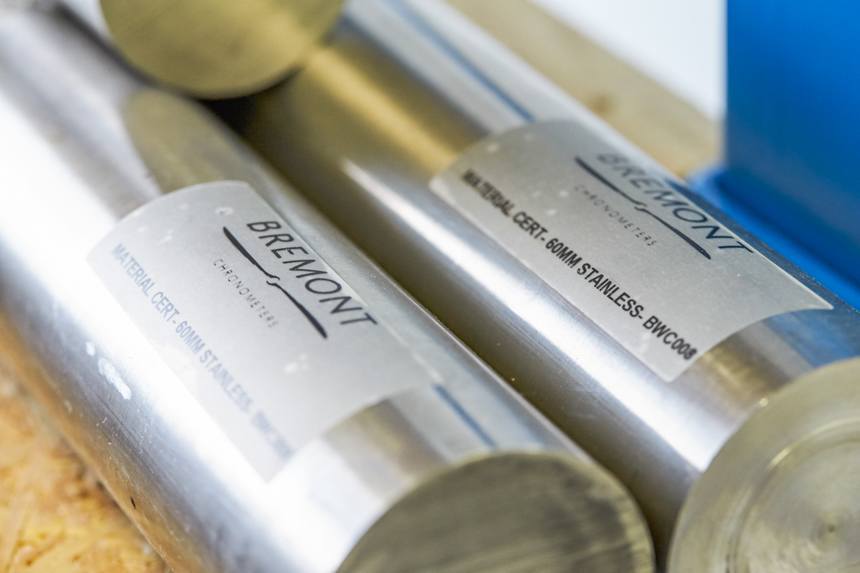
Several feet long and 60mm wide, these rods of stainless steel from Norway are fed into the CNC machine to create the shape of Bremont watch cases
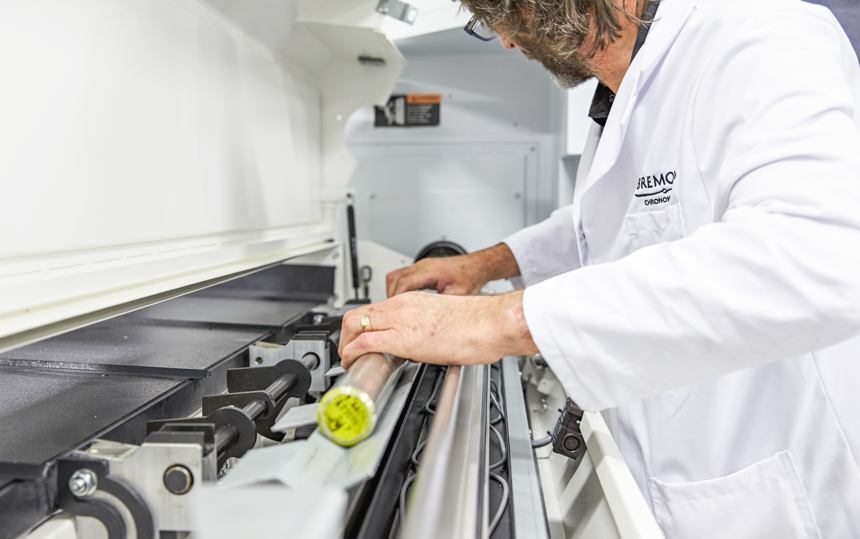
Perhaps, the most important recent step in Bremont’s move to bring as many things in-house as possible was to begin producing their own cases entirely in England. Picky with their steel, the company is among other watchmaking greats to buy steel from Norway. The 60mm diameter, several-foot-long rods are then machined and polished at Silverstone into the various distinct case shapes which make up the brand’s various products. Don’t forget that Bremont watch cases are in some instances deceptively simple, as many of them contain special components like a soft iron core Faraday cage, Roto-Click internal rotating bezel system, or a shock absorption ring that also serves to replace unreliable movement clamps.
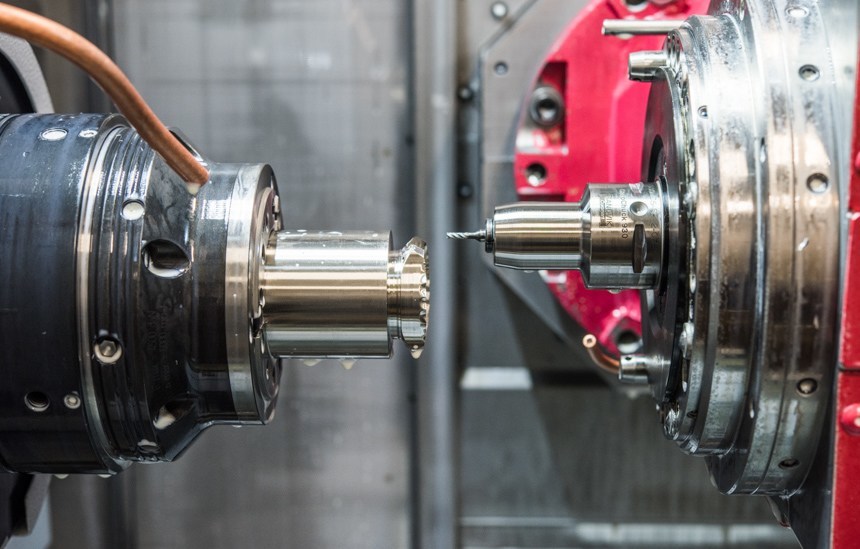
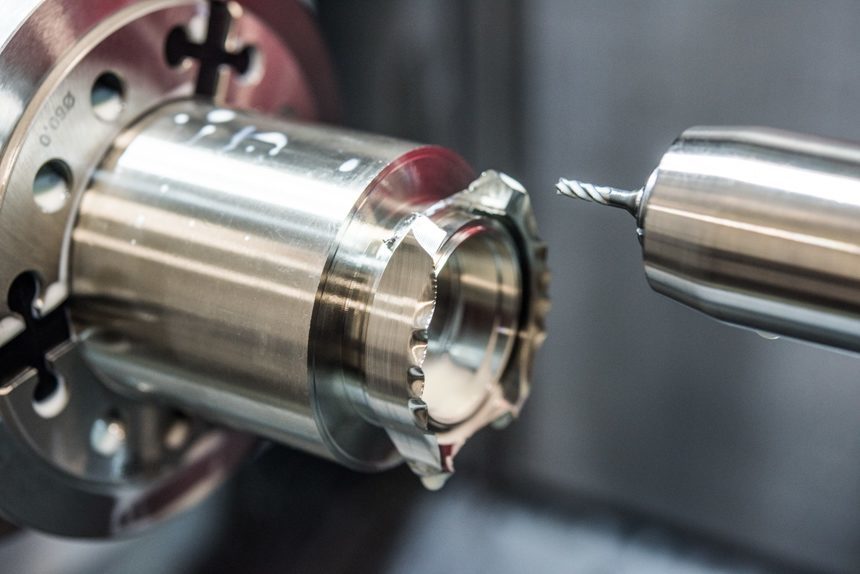
Years ago, as some of the first Bremont watches started to come back in for service, the company realized just how much their customers “thrash” them. Bremont decided that their watches needed to be strong, and in addition to their patented “Trip-Tic” cases, the steel itself is sent to a facility in northern England to be hardened.
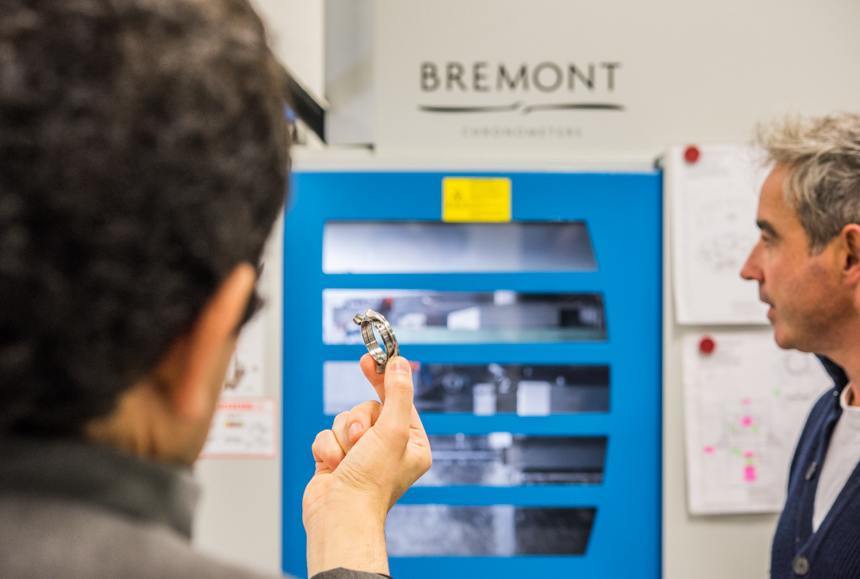
The move in-house of making these parts has not only increased Bremont’s quality and design flexibility, but also their costs. The cost to harden the metal of their cases actually doubles the cost of each case – something which has not been passed on to the consumer. Bremont’s ultimate goal is to reach an economy of scale by doubling or tripling their current production in order to have this attention to performance under abuse make sense. With that said, Bremont doesn’t have much of a choice when it comes to performance. One of the brand’s first major partners was Martin-Baker, another English company who is the world’s biggest maker of military aircraft ejection seats. Martin-Baker wanted a timepiece that would easily survive the rigors of being ejected from a military aircraft – something which is so intense they abandoned human testing back in the 1960s.
Martin-Baker is basically an insurance provider because their products are meant to keep highly trained professionals alive who have cost their governments millions of dollars and years to train. Martin-Baker continues to put an early version of the MBI watch that they developed with Bremont on ejection test dummies. Current leader of Martin-Baker Andrew Martin shows off a particular watch he is the most proud of which, according to him, has survived 16 brutal ejection seat tests. “I won’t send it in for serving even after all these years. I am waiting for it to break, but it hasn’t happened yet.” It should probably go without saying that Martin-Baker helped Bremont coin their slick sounding slogan, “tested beyond endurance.”
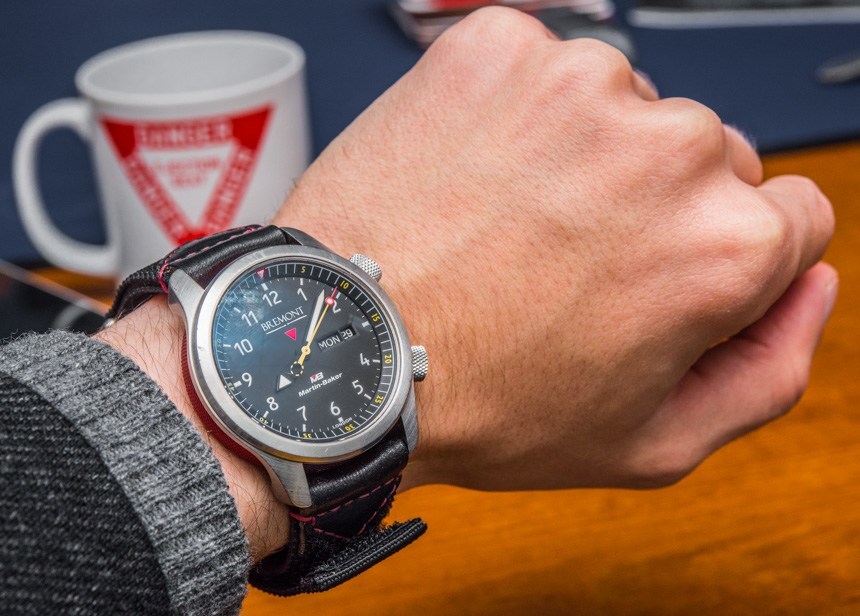
At Martin-Baker’s manufacture in England, wearing a Bremont watch sold to and worn by only those fighter pilots who have ejected from an airplane before.
One of the most deeply coveted Bremont watches is the MBI because you can’t buy one unless you actually survived being ejected from a Martin Baker ejection seat. Since the 1940s, the ejection seat company has reportedly saved near to 7,500 lives. These individuals are then invited to purchase an MBI watch that includes a distinctive red aluminum barrel ring and the name of the person engraved on the rear. According to Martin-Baker, about 400-500 MBIs have been sold, which probably represents a rather high percentage of modern aircraft ejection survivors. Accidents happen, and when they do, your body and watch should survive – at least, that is what both Bremont and Martin-Baker strictly endorse.
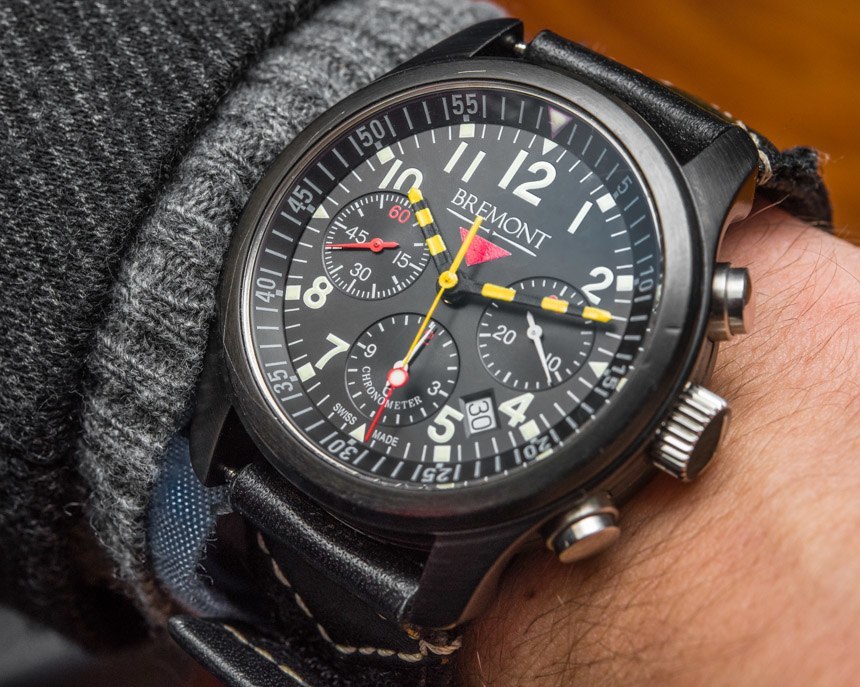
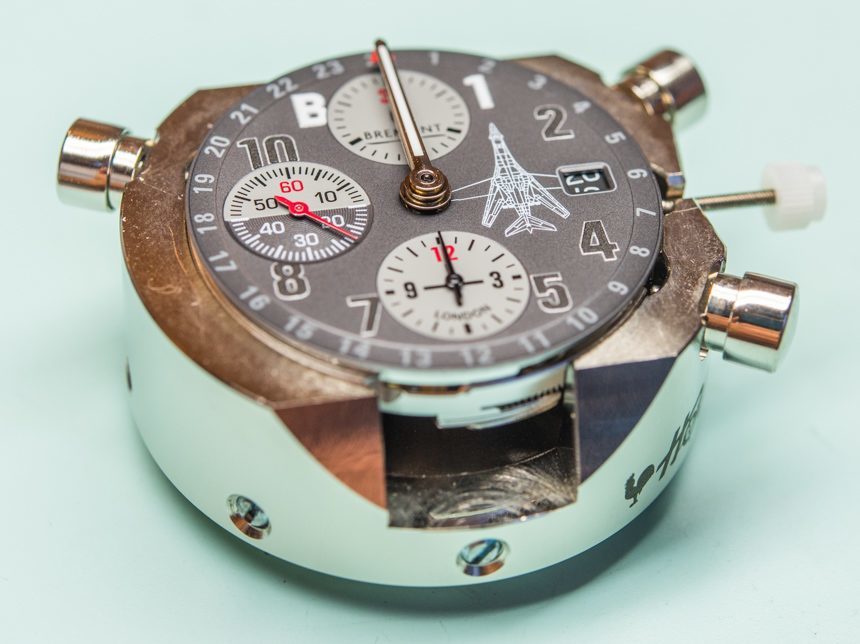
Bremont’s relationship with military outfits goes deeper, and if you think about it, this fact continues to represent why Bremont timepieces need to be so well made. A lot of people who buy Bremont watches put them through hell, so we are talking about some very demanding customers. Bremont fans are often aware of the company’s vast relationships with a variety of military squadrons and groups all around the world producing timepieces with unique dials and sometimes other parts for select groups of elite military individuals. This isn’t something they do for civilians, and these customers do have to buy the watches, of course. Only a few brands such as Breitling and Bremont are in this type of business, but it has given them a unique foothold into the true “professional” world of watch lovers. Having a watch exclusively made for your team also feels pretty bad-ass, I am sure, offering close-knit outfits the ultimate signal of fraternity and shared purpose.
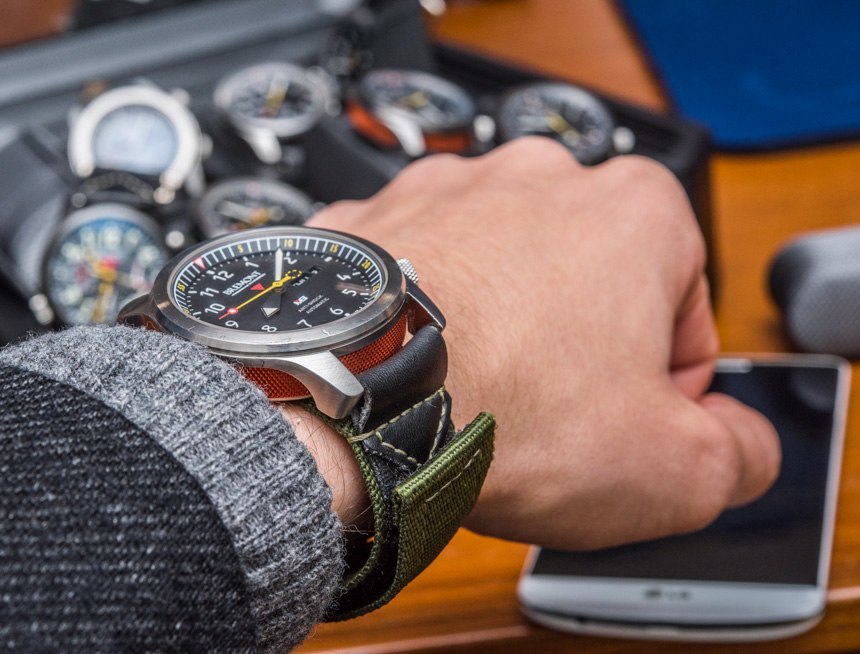
The military customization business actually represents about 20% of the brand’s profits, which should shed a little light onto just how important it is, and just how demanding as well as important the customers are. These are people accustomed to working with the world’s most dangerous high-performance machines, so you can imagine that they expect a lot from their watches. Still, Bremont is notoriously private about many of these relationships, and only a few of these military projects are ever publicly announced. At the time I was visiting Bremont, they reportedly had 50 military projects pending.
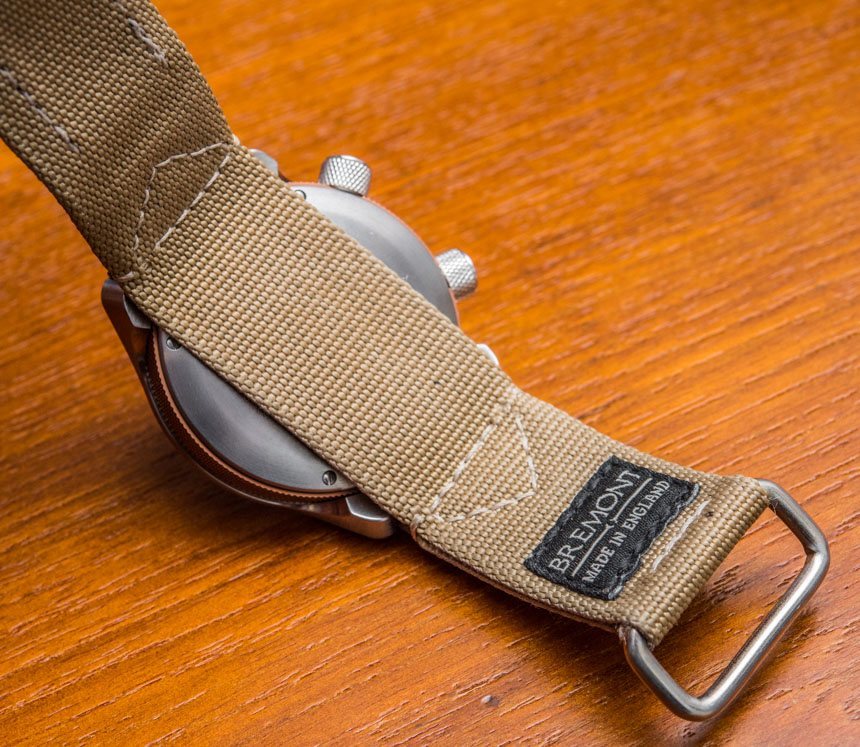
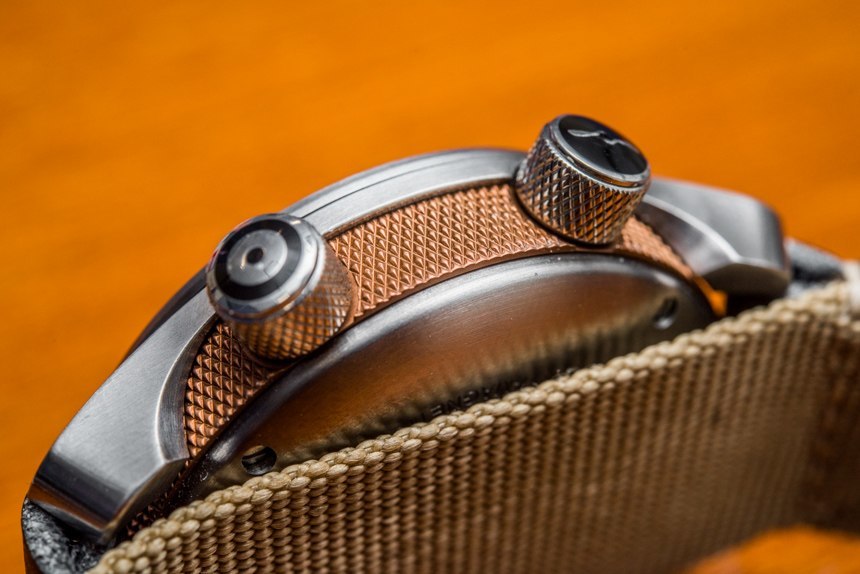
Bremont started all of this because Nick and Giles English wanted to make an aviation-themed watch brand that was home-grown in England. Horological enthusiasts are often well-acquainted with the major contributions England has historically offered to the development and refinement of timepieces. At one time in history, you could have easily argued that the world’s best watchmakers were British, but much of that ended during the Industrial Revolution as the society became increasingly focused on mass versus precision production. Like other places with important watchmaking histories (such as the United States), a dedicated cottage industry in England is rapidly trying to bring back watch making to the UK. I recall when Bremont decided to replace “Swiss Made” on their dials with “London,” which was an important step in the brand’s messaging campaign that told the world where their watches come from.
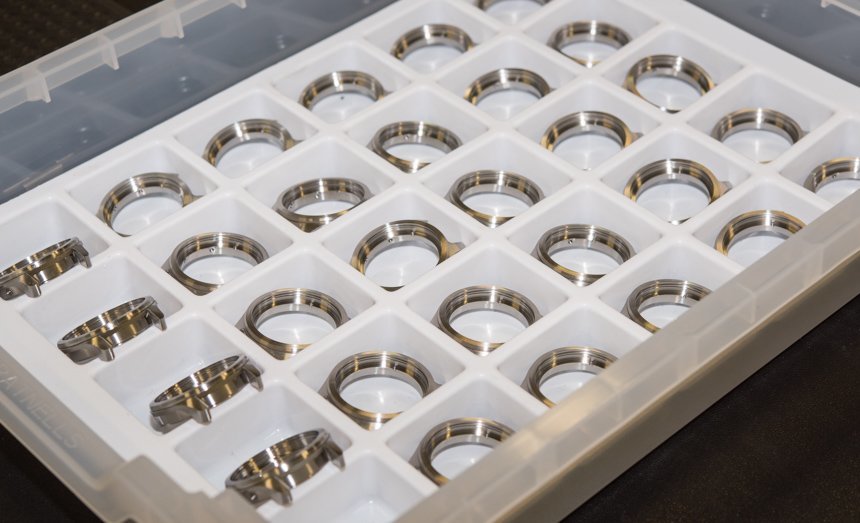
Bremont isn’t at the point of producing 100% of their watch parts in England; they don’t claim to be. Though, each year, they have made additional steps in that direction. While Bremont recently introduced a Swiss La-Joux-Perret-based movement with an in-house, made-in-England movement plate, the majority of the mechanisms used in their timepieces are Swiss-Made – a fact few should take issue with. Bremont has a long way to go before they produce their own movements, but when they do, no doubt it will be special. Bremont’s employees are pragmatic enough not to reinvent the wheel just because they can invent something in England. Bremont is bringing more and more watchmaking in-house because it offers them freedom.
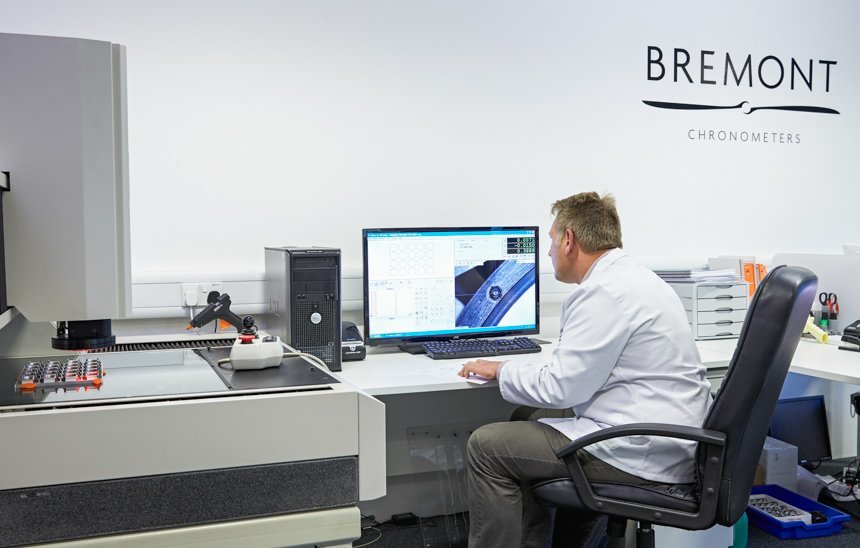
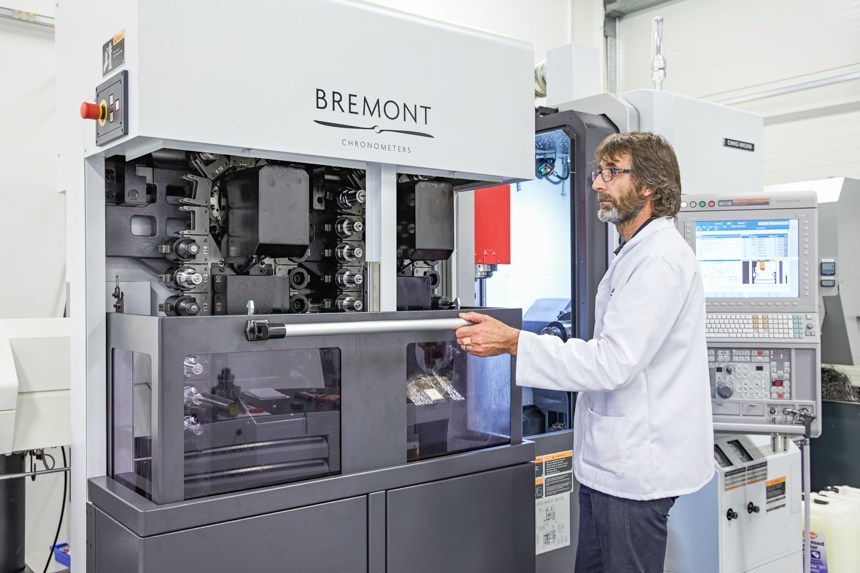
Consider the new product development process. Designing a new case, for instance, requires much more than just a fancy CAD drawing. There is numerous testing and tweaking that needs to be done in order to make a new case or even just a new part. Outsourcing that means that any company needs to wait weeks or months (even years) before getting a new part order in. By having production in-house, a watch company can also have a much more robust research & development department in-house which operates much faster. Thus, being able to do things yourself as a watch company doesn’t mean things get easier or cheaper (because they don’t), but it does mean a lot more freedom – something which a brand like Bremont absolutely needs.
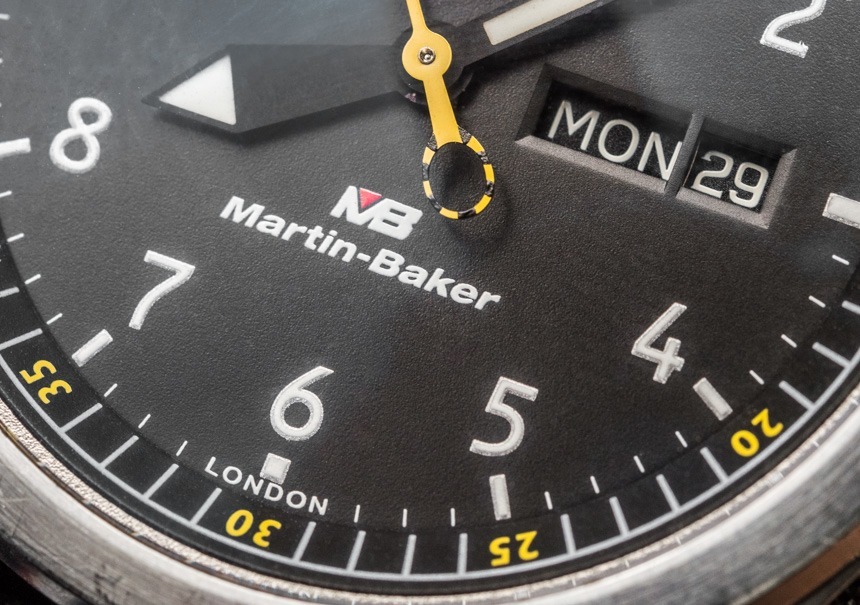
The seconds hand on Bremont Martin-Baker watches mimic the strap that the pilots pull to initiate the seat ejection process
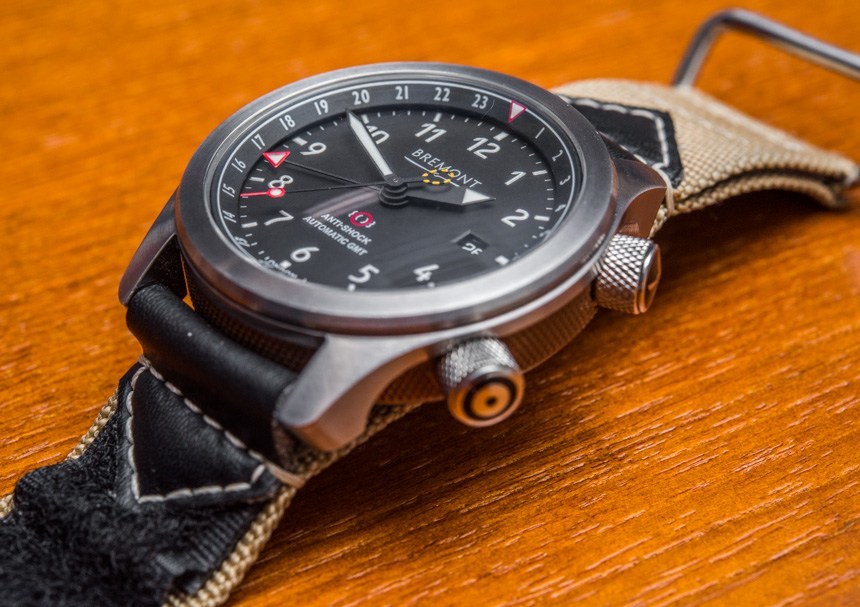
In some ways, I take issue with the fact that Bremont uses “London” so prominently in their full name. Sure, London is the closest major city to Henley, but Bremont is really a product of two chaps from the English countryside who happen to love getting their hands dirty and traveling really fast. I feel as though London makes their products feel like “city” watches, when Bremont timepieces are so much more about adventure and going places. Only in the last couple years have Bremont even begun to produce timepieces that one might consider “dressy.” For me, this began with the limited edition Victory (hands-on here), followed by other models such as the ALT-1C chronograph with the clean, classic dial, and the more recent America’s Cup AC1.
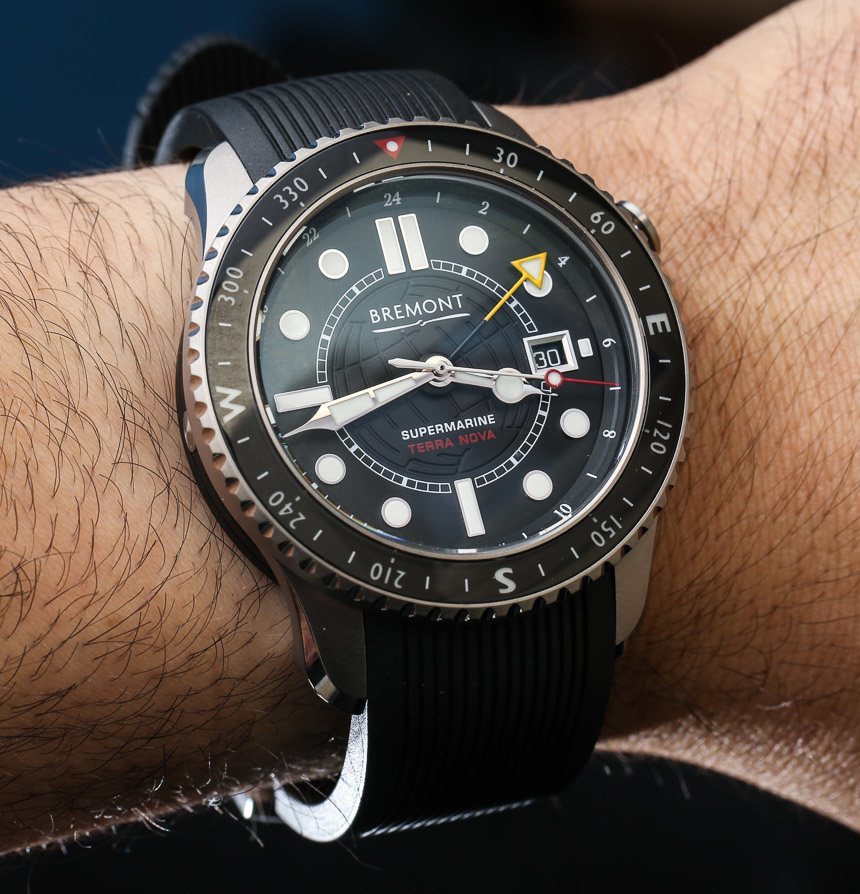
It would not be unreasonable to come to the conclusion that the entire English family is entirely unconcerned about their physical lives given the number of famous accidents they’ve had. Both Nick and Giles can regale you with tales of speed-related injuries and crashes. The boys aren’t shy about admitting their “need for speed” as thrill-seeking adrenaline junkies. I just think they have some type of unnatural resistance to pain as they casually brush off the seriousness of things like being in a full-body cast. Though, as bold as the English family adventures can get, the two brothers are also deeply calculated in their actions. Sportsmen and mechanics by nature as a result of their father’s influence, Nick and Giles are amazingly calm when performance is necessary. One situation illustrates this fact rather well…

